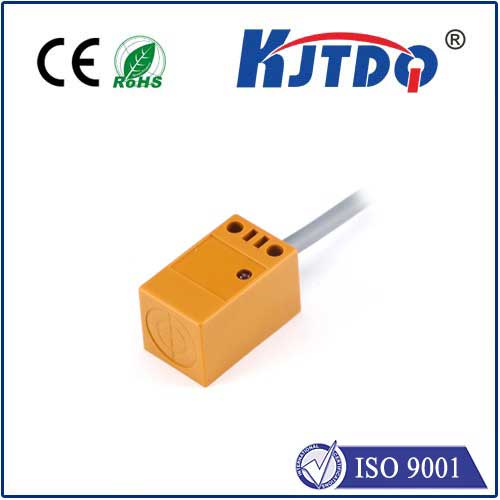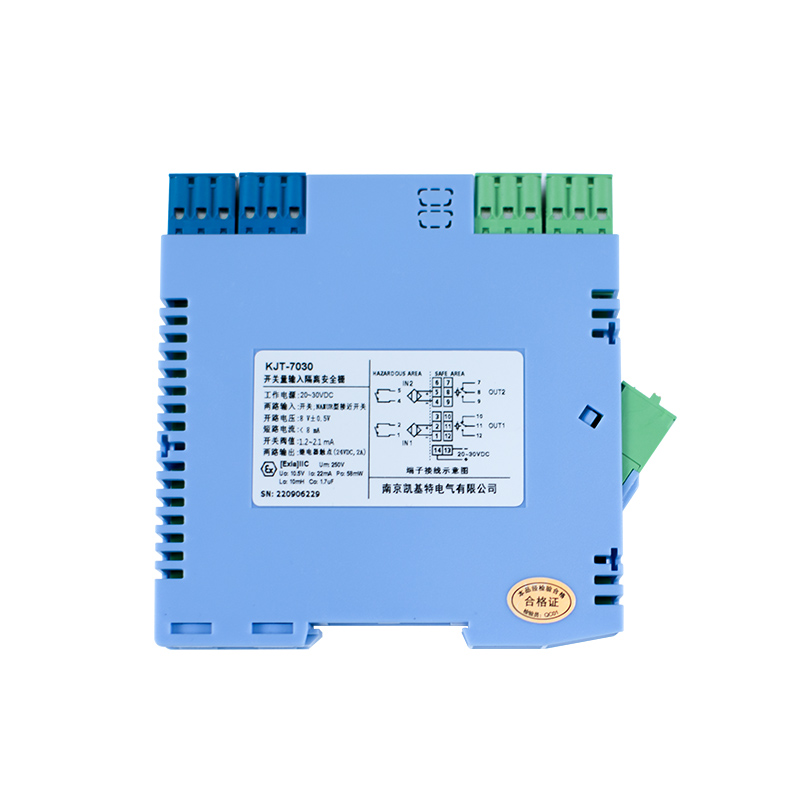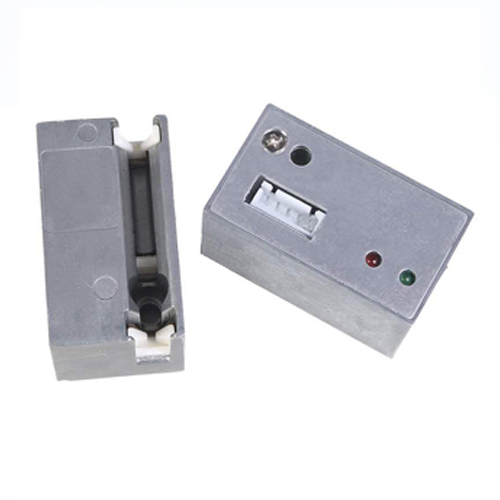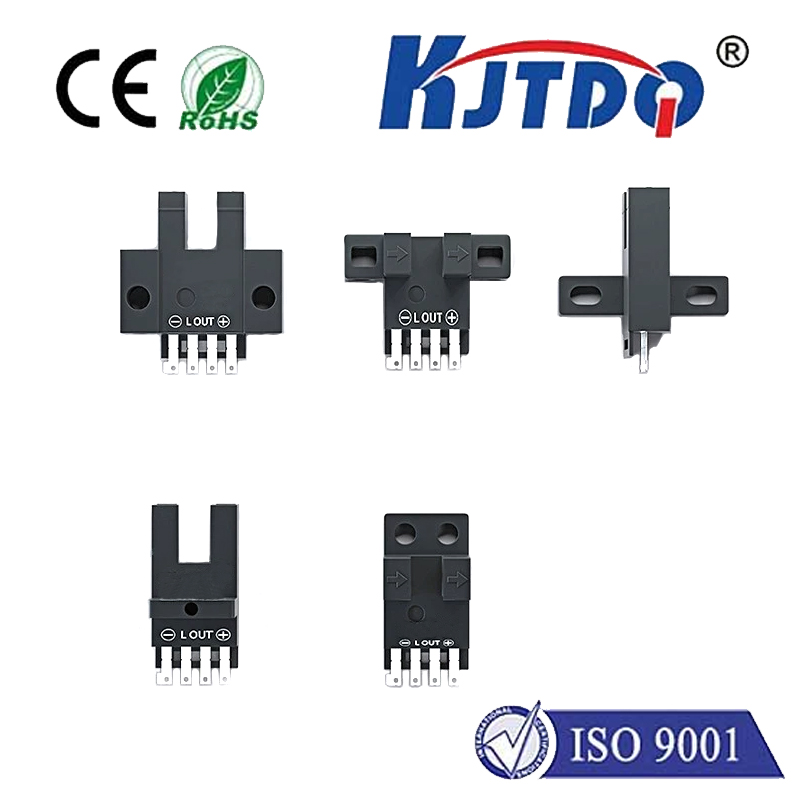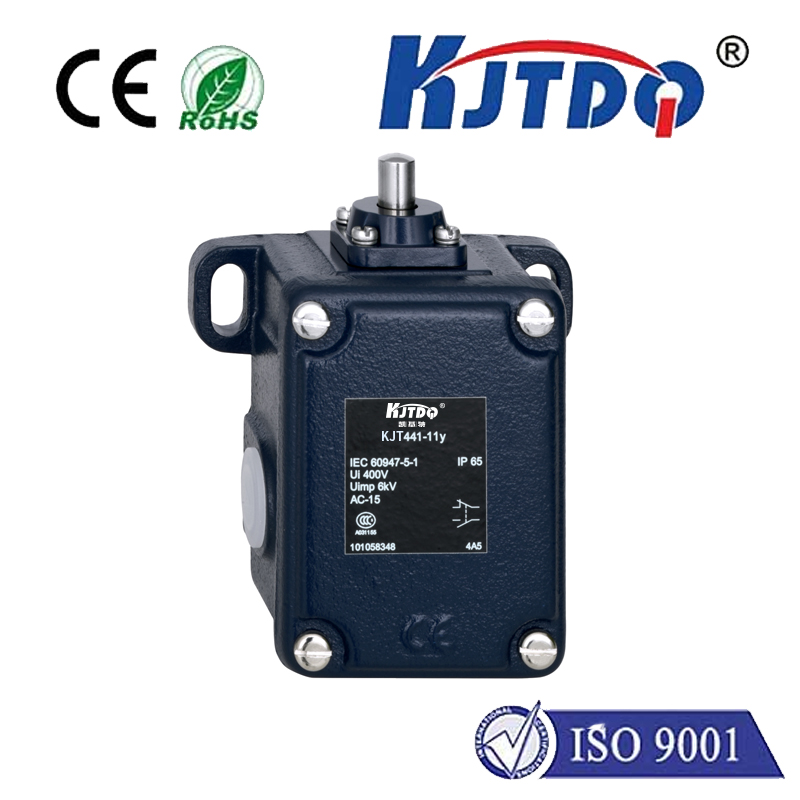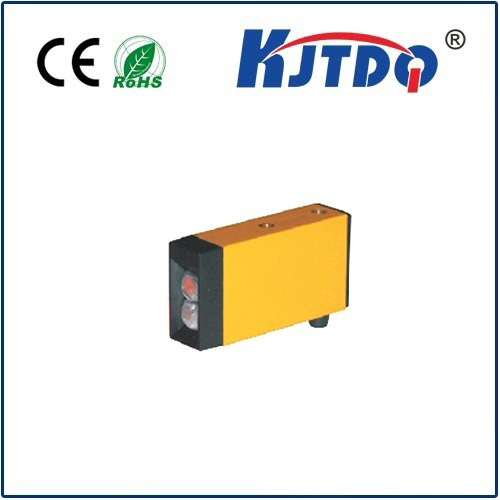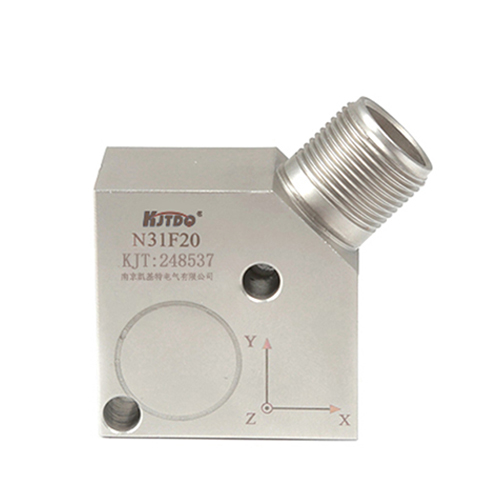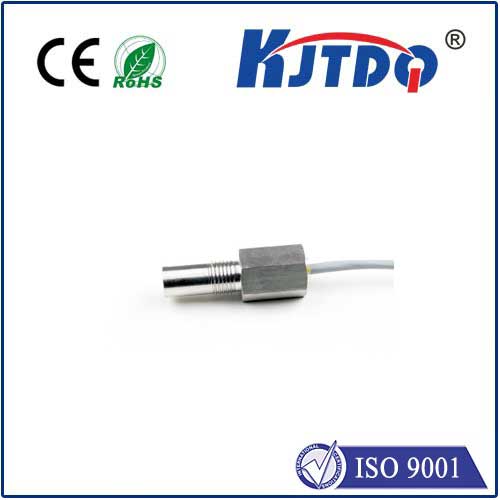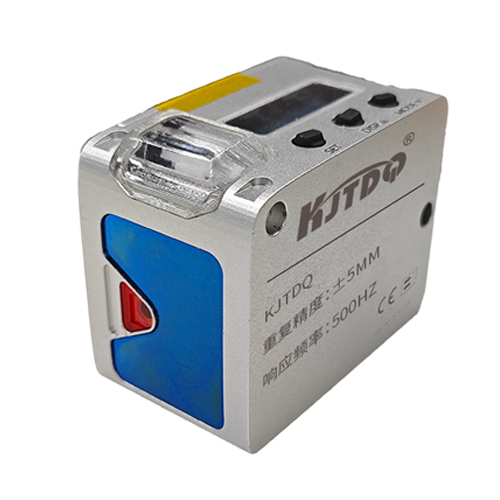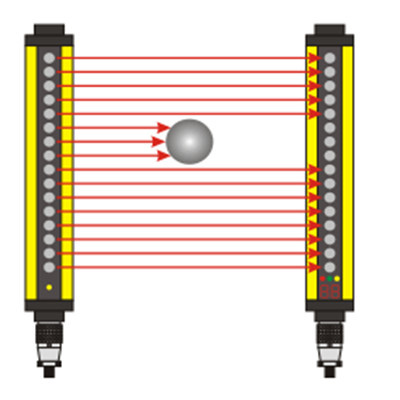вакуумный ограничитель
- time:2025-08-08 02:31:22
- Нажмите:0
The Unsung Guardian: Why Your Vacuum System Needs a Vacuum Limit Switch
Imagine a critical process humming along – materials being handled, delicate coatings being applied, or precise measurements being taken – all reliant on a stable vacuum. Suddenly, pressure starts to rise unnoticed. Without intervention, contamination floods the chamber, products are ruined, or worse, equipment catastrophically fails. This silent threat underscores the vital importance of one often-overlooked component: the vacuum limit switch.
Understanding the Vacuum Limit Switch: Your Pressure Sentinel
At its core, a vacuum limit switch, also known as a vacuum pressure switch or vacuum sensing switch, is an electromechanical safety and control device. Its singular mission is to monitor the pressure level within a vacuum system and trigger a specific action once a predefined pressure threshold is reached. Think of it as a vigilant guard, constantly comparing the actual vacuum level against a pre-set limit and sounding the alarm (or taking action) when things go awry.
How It Works: Simplicity Meets Reliability

- Sensing the Void: The heart of the switch is a sensing element – typically a flexible diaphragm or bellows. This element is exposed to the vacuum environment inside the chamber or pipeline.
- Pressure vs. Atmosphere: One side of the sensing element faces the vacuum pressure; the other side is usually referenced to atmospheric pressure or a sealed reference vacuum.
- The Mechanical Link: As the vacuum level changes (deepening or rising), the pressure differential across the sensing element causes it to physically move.
- Triggering the Switch: This precise mechanical movement is mechanically linked to electrical contacts within the switch body.
- Making or Breaking the Circuit: When the vacuum pressure reaches the pre-set limit (either a deep vacuum required for operation or a dangerously high pressure indicating a leak or failure), the sensing element moves sufficiently to actuate the electrical contacts. This either:
- Closes a circuit (e.g., turning off a pump once adequate vacuum is achieved).
- Opens a circuit (e.g., sounding an alarm or shutting down a process if pressure rises above a safe level). This fail-safe function is often critical.
Key Applications: Where Vacuum Limit Switches Shine
These devices are indispensable guardians across countless industries where vacuum control is paramount:
- Industrial Automation & Process Control: Monitoring pumps in packaging lines, ensuring correct vacuum levels for material handling (suction cups), controlling vacuum levels in molding processes, or triggering leak detection routines. They ensure the process involves the required vacuum environment consistently.
- HVAC & Refrigeration: Protecting vacuum pumps during system evacuation, verifying leak-tight integrity after service, and safeguarding compressors from low-pressure conditions.
- Medical & Laboratory Equipment: Crucial in sterilizers (autoclaves), freeze dryers (lyophilizers), vacuum ovens, and analytical instruments to maintain the precise vacuum conditions necessary for sterility, sample integrity, and accurate results. Failure here risks contamination or wasted experiments.
- Semiconductor Manufacturing: Maintaining ultra-high vacuum (UHV) environments essential for deposition and etching processes. Limit switches protect multi-million dollar tools by preventing pressure excursions that could ruin wafers.
- Power Generation: Monitoring condenser vacuum levels in steam turbines; a drop in vacuum efficiency significantly impacts power output and can damage turbines.
- Safety Systems: Acting as a primary or backup safety device to isolate a vacuum chamber if pressure rises unexpectedly, protecting personnel and equipment.
Types of Vacuum Limit Switches: Choosing the Right Tool
While the core principle remains constant, variations exist:
- Adjustable vs. Fixed Setpoint: Adjustable switches offer flexibility, allowing technicians to set the activation pressure precisely for different applications. Fixed setpoint switches are calibrated at the factory for specific, common pressure levels.
- Electrical Contacts: Configured as Normally Open (NO), Normally Closed (NC), or SPDT (Single Pole, Double Throw) to fit into diverse control circuits. The electrical contacts are rated for specific voltage and current loads.
- Sensing Technology: While mechanical (diaphragm/bellows) is common, some modern switches employ piezoelectric or strain gauge sensors offering higher precision or digital outputs, though mechanical types excel in harsh environments and simplicity.
- Material & Construction: Critical for compatibility, especially with aggressive media or UHV requirements (using materials like stainless steel and specialized elastomers).
Selecting the Right Vacuum Limit Switch: Key Considerations
Choosing isn’t just about grabbing any pressure switch. Critical factors include:
- Required Setpoint(s): Know the exact vacuum pressure level(s) where action is needed (e.g., “Turn pump off at 0.5 Torr,” “Sound alarm above 100 Torr”). Accuracy and repeatability are paramount.
- Pressure Range: Ensure the switch is rated for the full operating vacuum range of your system, including potential excursions.
- Media Compatibility: Will the sensing element be exposed to process gases, chemicals, oils, or moisture? Materials must withstand exposure without degrading.
- Environmental Conditions: Consider temperature extremes, vibration, humidity, and potential exposure to dust or fluids (IP ratings).
- Electrical Requirements: Match the contact rating (voltage, current AC/DC) and switching configuration (NO, NC, SPDT) to your control system’s needs.
- Response Time: How quickly must the switch react to a pressure change? Some processes demand near-instantaneous response.
- Reliability & Certifications: For critical safety applications, robust construction and relevant safety certifications (e.g., ATEX for hazardous areas) are non-negotiable. The fail-safe functionality should be evaluated.
Beyond Just a Switch: The Value Proposition
Integrating a well-chosen vacuum limit switch is an investment in:
- Повышение безопасности: Preventing over-pressurization or unsafe low-pressure conditions protects personnel and valuable assets. This fundamental safety aspect cannot be overstated.
- Process Reliability & Quality: Guaranteeing consistent vacuum levels prevents product spoilage, ensures repeatable results, and minimizes costly scrap or rework.
- Equipment Protection: Preventing vacuum pumps from running dry or against high back-pressure extends their service life significantly. It safeguards sensitive chambers and instrumentation.
- Энергоэффективность: Automatically shutting down pumps once target vacuum is achieved eliminates unnecessary energy consumption.
- Automation & Control: Enabling sophisticated, automated sequences based on precise vacuum state transitions.
The вакуумный ограничитель operates quietly in the background, often unnoticed until its critical role is needed. It is the essential gatekeeper, ensuring that the delicate balance of pressure within a system remains within safe and functional limits. Selecting, installing, and maintaining the right switch isn’t just about functionality; it’s about safeguarding operations, investments, and people. In the demanding world of vacuum technology, neglecting this unsung guardian is a risk no robust system design can afford.







